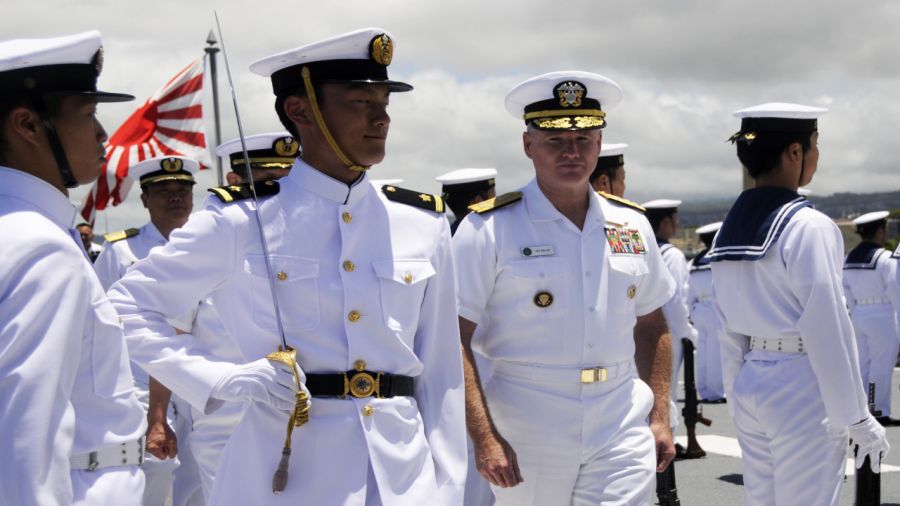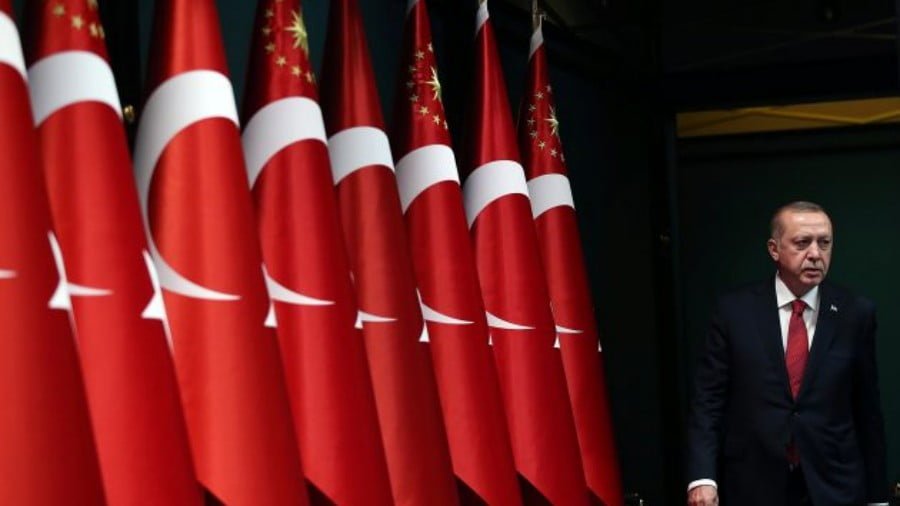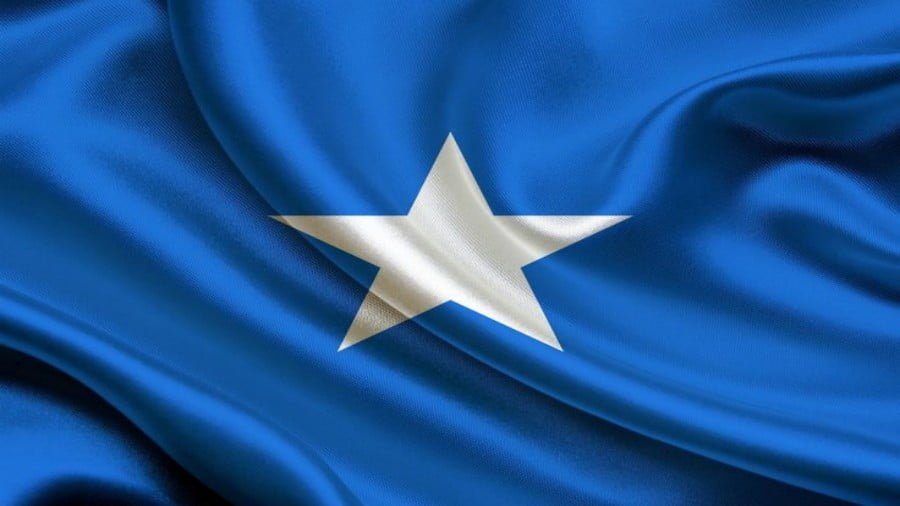Japan’s Responses to Chinese Grey-Zone Tactics: Giving Southeast Asia a Leg-up
The Senkaku/Diaoyu dispute between Japan and China provides important lessons for Southeast Asian countries dealing with Beijing’s growing assertiveness, particularly in the South China Sea. In the East China Sea, Japan has accumulated much experience, being at the receiving end of China’s salami tactics to undermine its control of the islands. Tokyo, already a long-standing partner to many Southeast Asian countries, has been and can continue to provide assistance to Southeast Asian countries as they deal with China’s challenges to the maritime areas they claim.
China claims sovereignty over the Diaoyu islands, but Japan insists that a “dispute does not exist” over the islands. In 2010, the two governments’ tacit agreement to cooperate to prevent civilian landing attempts by activists from either side collapsed, when a Chinese fishing vessel collided with a Japanese Coastguard (JCG) patrol boat inside the Senkakus’ territorial waters. Suspecting that the fishing boat was a disguised paramilitary incursion, the JCG held the captain for interrogation, provoking a strong protest from China. The Japanese government later decided to release and extradite the captain. But a leaked video recording of the collision raised the threshold of public anger against Chinese incursions.
In 2012, Japan purchased the islands from a private owner, sparking widespread protests across China. Since then, China has used grey-zone tactics — actions that hover beneath the threshold of open conflict — to challenge Japan’s administrative control over the islands.
The dispute is one of the most contentious issues in Sino-Japanese relations. To undermine Japan’s administrative control of the islands, China has since escalated the number of incursions by its Chinese Coast Guard vessels into the island’s territorial waters. This reached a record of 52 incidents in 2013. It has remained constant at a slightly lower level more recently, with 34 incidents in 2021 and 29 in 2022. However, the average number of ships and the days they remained inside territorial waters during each incident have risen. The frequent incursions have prompted Japanese Prime Minister Fumio Kishida to express Tokyo’s grave concern during a bilateral meeting with President Xi Jinping on the sidelines of the APEC Leaders’ Summit in November 2022.
The CCG incursions have been made possible due to the commissioning of newer and larger patrol boats (some of which, at 10,000 tonnes, are the size of cruisers). In 2018, the CCG was put under military command, and the CCG Law enacted in 2021 permits its cutters — now equipped with larger guns — to open fire on public law enforcement vessels of another country in maritime areas claimed as “the waters… and the airspace above the waters under the jurisdiction of China”. In response, Japan has deployed more Japanese Coast Guard (JCG) patrol ships to the region. The JCG is also working in tandem with the Japanese Maritime Self-Defense Force (MSDF) to deter incursions by Chinese fishing vessels, the CCG and the Chinese navy.
China’s grey-zone tactics and Japan’s responses have direct implications for Southeast Asian claimant states in the South China Sea disputes. Japan recognises the need to enhance the capabilities of Southeast Asian coast guards so that they can better withstand China’s grey-zone assertions. China’s so-called maritime militia has driven fishermen from the Philippines and Vietnam from their traditional fishing grounds, and China’s fishing flotillas are active as far down as in the exclusive economic zone of Indonesia around the Natuna Islands.
Southeast Asian coast guards need to maintain a regular presence to complicate China’s attempts to press its claims around the disputed features it has not yet occupied. As opposed to using navies, the employment of coastguards is less threatening and demonstrates countries’ control of their waters. In this context, the bigger and sturdier vessels that Japan provides to Southeast Asian coast guards help. In 2013, Japan delivered 10 Japanese-built 44.5-metre multi-role response patrol vessels to the Philippine Coast Guard; another two 96-metre patrol ships were dispatched last year (2022). Tokyo has delivered six second-hand fishery patrol vessels to Vietnam, and six more patrol vessels will be given by 2025. Japan also donated a 499-ton patrol vessel to the Indonesian Coast Guard in 2020. In addition, an agreement was signed in March 2021 for the Indonesian navy to buy up to eight Mogami-class stealth frigates from Japan.
China’s grey-zone tactics and Japan’s responses have direct implications for Southeast Asian claimant states in the South China Sea disputes. Japan recognises the need to enhance the capabilities of Southeast Asian coast guards so that they can better withstand China’s grey-zone assertions.
Japan’s reinterpretation of its post-war pacifist principles has also enabled it to help Southeast Asian countries deter Chinese assertiveness. Previously, the delivery of coast guard vessels to regional countries was conducted under a strong principle against arms exports. In 2014, however, Japan relaxed its arms exports ban, so as to allow the transfer of mainly non-lethal defence gear to other countries. The “Mogami” deal with Indonesia, for instance, is categorised as a “joint development” project to sidestep the arms export ban (the frigates are naval assets). In its continuing drive to become a more credible security actor, Tokyo is reportedly considering the export of lethal weapons to “help boost the deterrence of the importing nation and contribute to Japan’s security environment”.
Japan’s patrol boat transfers have facilitated the streamlining of maritime security authorities in Southeast Asian countries under a civilian bureaucracy. It is also important to bear in mind that protocols in maritime law enforcement are inseparable from sensitive diplomatic and political decisions. If local maritime forces react excessively to Chinese grey-zone provocations, China would have the basis to escalate law enforcement incidents into military ones. Therefore, the capacity-building of Southeast Asian coast guards requires training in comprehending this broader context.
In this regard, the joint programmes of Japan International Cooperation Agency (JICA) and the JCG encompass the training of coast guard officers in international maritime law, civilian law enforcement and international maritime strategy. This would enable such entities to maintain a deterrent against Chinese encroachment, and at the same time remain sensitive to the dangers of crisis escalation. Facing the challenge of China’s grey-zone tactics in the East China Sea, Japan’s experiences and capabilities are being brought to bear to boost Southeast Asia’s maritime security capacity.








Tellingly, the author has a a Japanese-like name. And even more tellingly, he places the Japanese island name name “Senkaku” before the Chinese “Diàoyǚtái islands”. The word “Senkaku” appeared only a few years before the year 1900, and is a bad translation of the misunderstood name that appeared on British Admiralty maps of those waters.
The name “Diàoyǚ Islands had by then been in use in Chinese for several hundred years. Fishermen from Ryûkyû/Okinava had another altogether different name meaning “Palm Island” from the palms that grew there.
Thus this article is linguistic imperialism to the second degree.